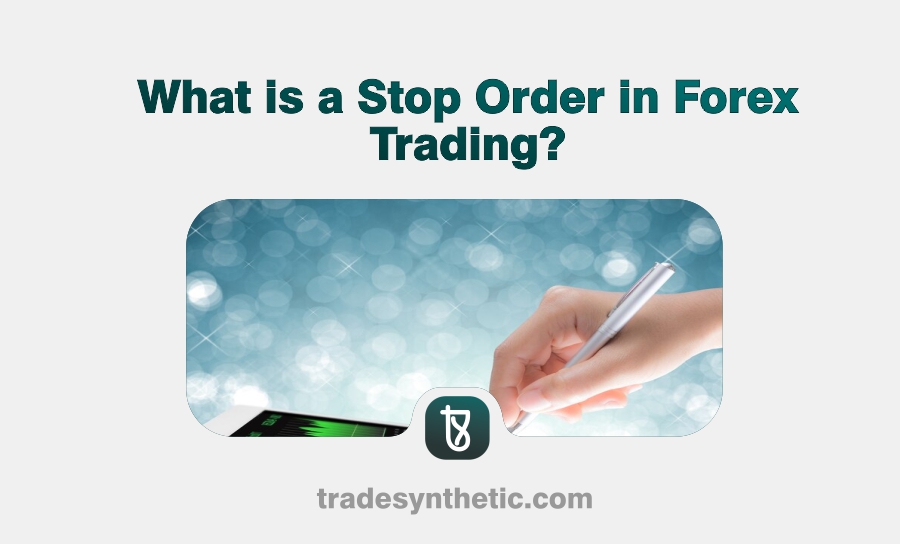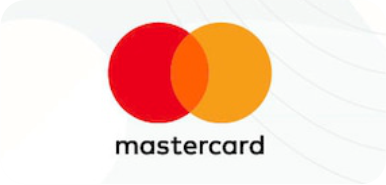Among the different types of orders, the stop order in forex trading plays a major role in trade management by automating trade execution when prices reach a specified level. It is particularly useful for risk management and executing breakout strategies.
In this article, we will examine everything you need to know about stop orders, including their types, benefits, potential drawbacks, and how to use them effectively in forex trading.
Understanding a Stop Order
A stop order is an instruction to buy or sell a currency pair once its price reaches a predetermined level. Unlike market orders, which execute immediately at the current price, stop orders remain inactive until the price reaches the specified stop level. Once triggered, they convert into a market order and execute at the best available price.
Traders use stop orders to enter or exit trades strategically, automate risk management, and capitalize on market momentum.
For example, suppose you want to buy EUR/USD, but only if the price rises to 1.1050. Instead of constantly monitoring the market, you place a buy stop order at 1.1050. When the price reaches this level, the order is automatically triggered, and your trade is executed.
Types of Stop Orders in Forex Trading
There are two primary types of stop orders:
1. Buy Stop Order
A buy stop order is placed above the current market price, instructing the broker to execute a buy trade once the price reaches the specified stop level. Traders use this order type when they anticipate that the market will continue rising after breaking a key resistance level.
For example, If EUR/USD is trading at 1.1000 and you predict that the price will break out and rise further once it reaches 1.1050, you can place a buy stop order at 1.1050. Once the price reaches this level, the order executes, and you enter a long position.
2. Sell Stop Order
A sell stop order is placed below the current market price, instructing the broker to execute a sell trade once the price drops to the specified stop level. This order is useful when traders expect the price to continue declining after breaking a key support level.
Let’s take a look at this, If GBP/USD is trading at 1.3000 and you predict that the price will drop further once it reaches 1.2950, you can place a sell stop order at 1.2950. When the price reaches this level, the order is triggered, and you enter a short position.
Benefits of Using Stop Orders in Forex Trading
Stop orders provide multiple advantages that help traders manage their trades efficiently:
1. Automated Trade Execution
Stop orders eliminate the need to monitor price movements constantly. Once the market reaches the stop level, the order executes automatically, ensuring traders never miss key trading opportunities.
2. Risk Management
Stop orders help limit potential losses by automating trade exits at predefined price levels. Traders can use them as stop-loss orders to protect their capital from unfavorable market movements.
3. Capturing Market Momentum
Buy stop and sell stop orders allow traders to capitalize on breakout movements. When the market breaks through a significant resistance or support level, stop orders help traders enter trades with the trend.
4. Reduced Emotional Trading
Emotions like fear and greed can lead to impulsive decisions. Stop orders help enforce trading discipline by executing trades automatically based on a predetermined plan.
5. Suitable for Different Trading Strategies
Stop orders can be used in various forex trading strategies, including trend-following, breakout trading, and news-based trading.
Potential Drawbacks of Stop Orders
Despite their benefits, stop orders also have certain limitations that traders should be aware of:
1. Slippage Risk
When a stop order is triggered, it converts into a market order and executes at the best available price. However, in fast-moving or low-liquidity markets, slippage can occur, meaning the trade may be executed at a slightly different price than expected.
2. Premature Trade Execution
Stop orders can sometimes be triggered by short-term price spikes or market noise. This may result in an order being executed just before the market reverses in the desired direction.
3. No Guarantee of Execution at the Exact Price
Unlike limit orders, which execute only at the specified price or better, stop orders execute at the best available market price after being triggered, which may be slightly different from the original stop level.
How to Use Stop Orders Effectively in Forex Trading
To maximize the benefits of stop orders, traders should follow these key steps:
1. Choose a Reliable Forex Broker
Ensure that you use a trusted forex broker that offers efficient trade execution and minimal slippage.
2. Identify Key Price Levels
Use technical analysis tools like support and resistance levels, trend lines, Fibonacci retracements, and moving averages to determine optimal stop order placements.
3. Select the Right Order Type
Decide whether a buy stop or sell stop order aligns with your trading strategy and market expectations.
4. Set Stop Orders Strategically
Avoid placing stop orders too close to the current price, as this increases the risk of premature execution. Instead, set stops at logical price levels based on historical price movements.
5. Monitor Market Conditions
Stay informed about major news events, economic data releases, and geopolitical developments that could impact price movements and trigger stop orders unexpectedly.
6. Use Stop Orders Alongside Other Risk Management Tools
Combine stop orders with other risk management tools like trailing stops, take profit orders, and position sizing to optimize trade outcomes.
Stop Order vs. Limit Order: Key Differences
While stop orders and limit orders may seem similar, they serve different purposes:
| Feature | Stop Order | Limit Order |
| Execution Type | Becomes a market order once triggered | Executes only at the specified price or better |
| Placement | Buy stop is placed above the market price, sell stop is placed below | Buy limit is placed below, sell limit is placed above |
| Purpose | Used to enter trades on breakouts or manage risk | Used to enter trades at better prices or take profits |
| Slippage Risk | Yes (since it executes as a market order) | No (executes only at the set price) |
Conclusion
Mastering stop orders is an essential skill for forex traders looking to automate trade execution, manage risks effectively, and take advantage of strong market movements. Whether using buy stop orders for breakout trading or sell stop orders for downside protection, these tools help traders maintain discipline and execute trades efficiently.
However, it is crucial to be aware of potential risks such as slippage and premature execution. By combining stop orders with solid technical analysis and proper risk management strategies, traders can optimize their trading performance and achieve consistent results.
Frequently Asked Questions (FAQs)
What is the difference between a stop order and a stop-loss order?
- A stop order is used to enter or exit a trade when the price reaches a specific level. A stop-loss order is a type of stop order used to limit potential losses by automatically closing a trade if the price moves against the trader.
Can I cancel or modify a stop order?
- Yes. You can cancel or adjust a stop order any time before it is triggered. Once executed, it becomes a market order and cannot be modified.
How do I prevent slippage on my stop orders?
- Slippage can be reduced by placing stop orders during high-liquidity market hours, using guaranteed stop orders, and avoiding trading during major news events.
Are stop orders suitable for all trading strategies?
- Stop orders are particularly useful for breakout trading and trend-following strategies. However, they may not be ideal for range trading, where prices tend to fluctuate within a specific zone.
What happens if the market never reaches my stop order price?
- If the price does not reach your stop level, the order remains unexecuted, and no trade takes place.










